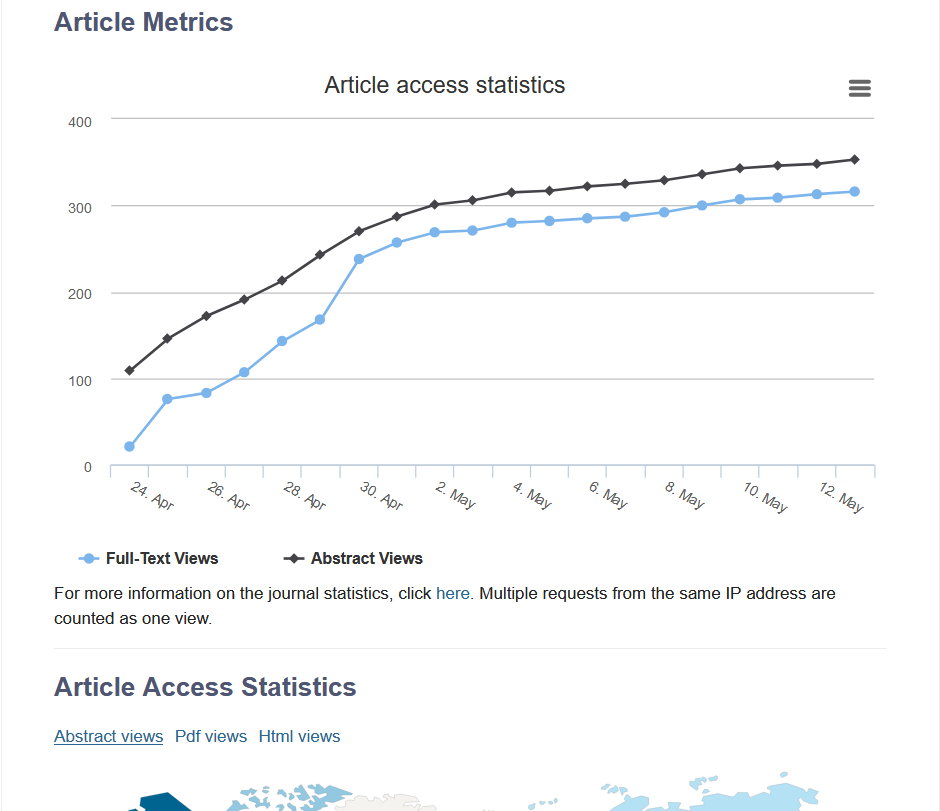“A Comparative Evaluation of Geospatial Semantic Web Frameworks for Cultural Heritage” has been published in Heritage and is available online.
by Ikrom Nishanbaev 1,*, Ear Zow Digital 1,2,3 and David A. McMeekin 4,5
Abstract:
Recently, many Resource Description Framework (RDF) data generation tools have been developed to convert geospatial and non-geospatial data into RDF data. Furthermore, there are several interlinking frameworks that find semantically equivalent geospatial resources in related RDF data sources. However, many existing Linked Open Data sources are currently sparsely interlinked. Also, many RDF generation and interlinking frameworks require a solid knowledge of Semantic Web and Geospatial Semantic Web concepts to successfully deploy them. This article comparatively evaluates features and functionality of the current state-of-the-art geospatial RDF generation tools and interlinking frameworks. This evaluation is specifically performed for cultural heritage researchers and professionals who have limited expertise in computer programming. Hence, a set of criteria has been defined to facilitate the selection of tools and frameworks. In addition, the article provides a methodology to generate geospatial cultural heritage RDF data and to interlink it with the related RDF data. This methodology uses a CIDOC Conceptual Reference Model (CRM) ontology and interlinks the RDF data with DBpedia. Although this methodology has been developed for cultural heritage researchers and professionals, it may also be used by other domain professionals.
PDF Version: https://www.mdpi.com/2571-9408/3/3/48/pdf

